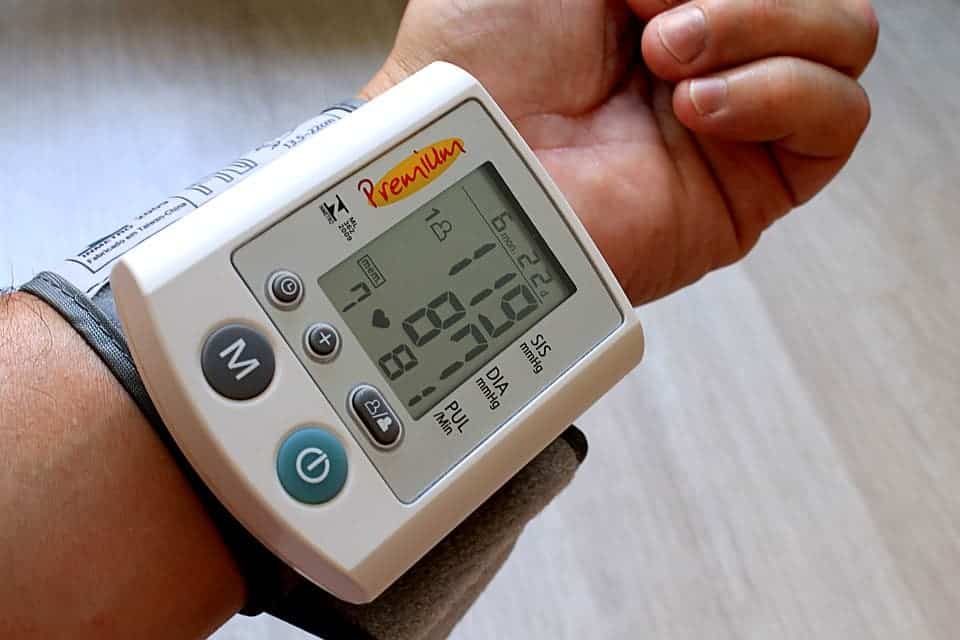If you’re using your own device, you should be extra careful.

Blood pressure monitors, technically called sphygmomanometers, usually consist of an inflatable cuff used to collapse and then release the artery in a controlled manner, attached to a mercury manometer which measures the pressure inside the vessel. Of course, there are other ways to measure blood pressure, but this is by far the most common one. Since blood pressure is so significant to our overall health, measuring it is extremely important — but you never really want to go to the hospital to measure your blood pressure. This is why home devices became so popular.
The problem is, this study learned, that home devices aren’t as accurate as we give them credit.
“High blood pressure is the number one cause of death and disability in the world,” said medical researcher Jennifer Ringrose, who led the research study. “Monitoring for and treating hypertension can decrease the consequences of this disease. We need to make sure that home blood pressure readings are accurate.”
She and her colleagues analyzed dozens of such home monitors, finding that they weren’t accurate within 5 mmHg about 70 percent of the time, and were off the mark by 10 mmHg about 30 percent of the time. Considering that a blood pressure less than 120/80 mmHg is considered normal, those are quite some big errors. Not massive, but still clinically significant.
Since millions of people use such home monitors and then report the data back to their doctors, who design treatments taking the data into consideration, it becomes evident why this is so worrying.
Still, researchers say you shouldn’t throw your blood pressure meter out the window just yet. There are steps which can be done to minimize the errors: the first step is to take several measurements.
“Compare the blood pressure machine measurement with a blood pressure measurement in clinic before exclusively relying upon home blood pressure readings,” advised Ringrose. “What’s really important is to do several blood pressure measurements and base treatment decisions on multiple readings. Taking home readings empowers patients and is helpful for clinicians to have a bigger picture rather than just one snapshot in time.”
For instance, Canadian guidelines recommend at least 28 measurements a week. You can also take several measurements at one point, to make sure the device doesn’t have a big variation (ie when you’re measuring your blood pressure, measure it three times instead of just once). Lastly, if you want to be absolutely sure, you can compare your home results with results from the hospital or your doctor.
It’s not clear why these errors appear in some cases and not in others. The patients’ individual characteristics may play a role, as may unforeseen environmental factors. The equipment might be getting old, or it may be unsuitable for the job. It’s hard to pin the blame on any one factor. Manufacturers may do their best job to ensure the accuracy of their products, but even so, they can’t control everything.
“Arm shape, arm size, the stiffness and age of blood vessels and the type of blood pressure cuff are not always taken into account when a blood pressure machine is designed and validated,” said Padwal. “Individual differences, such as the size, age and medical background of the person using the blood pressure monitor are also contributing factors.”
Researchers stress that both the industry and academia need to do make a greater effort and ensure the accuracy of DIY methods. The study comes hot on the heels of a previous work, which found that popular pressure apps are also widely inaccurate when it comes to reporting blood pressure. It’s really good that we have the means to check such an important parameter in the comfort of our home, but we should also ensure that we’re not losing important accuracy in the process.
Journal Reference: Jennifer S. Ringrose Gina Polley Donna McLean Ann Thompson Fraulein Morales Raj Padwal — An Assessment of the Accuracy of Home Blood Pressure Monitors When Used in Device Owners. DOI: https://doi.org/10.1093/ajh/hpx041






